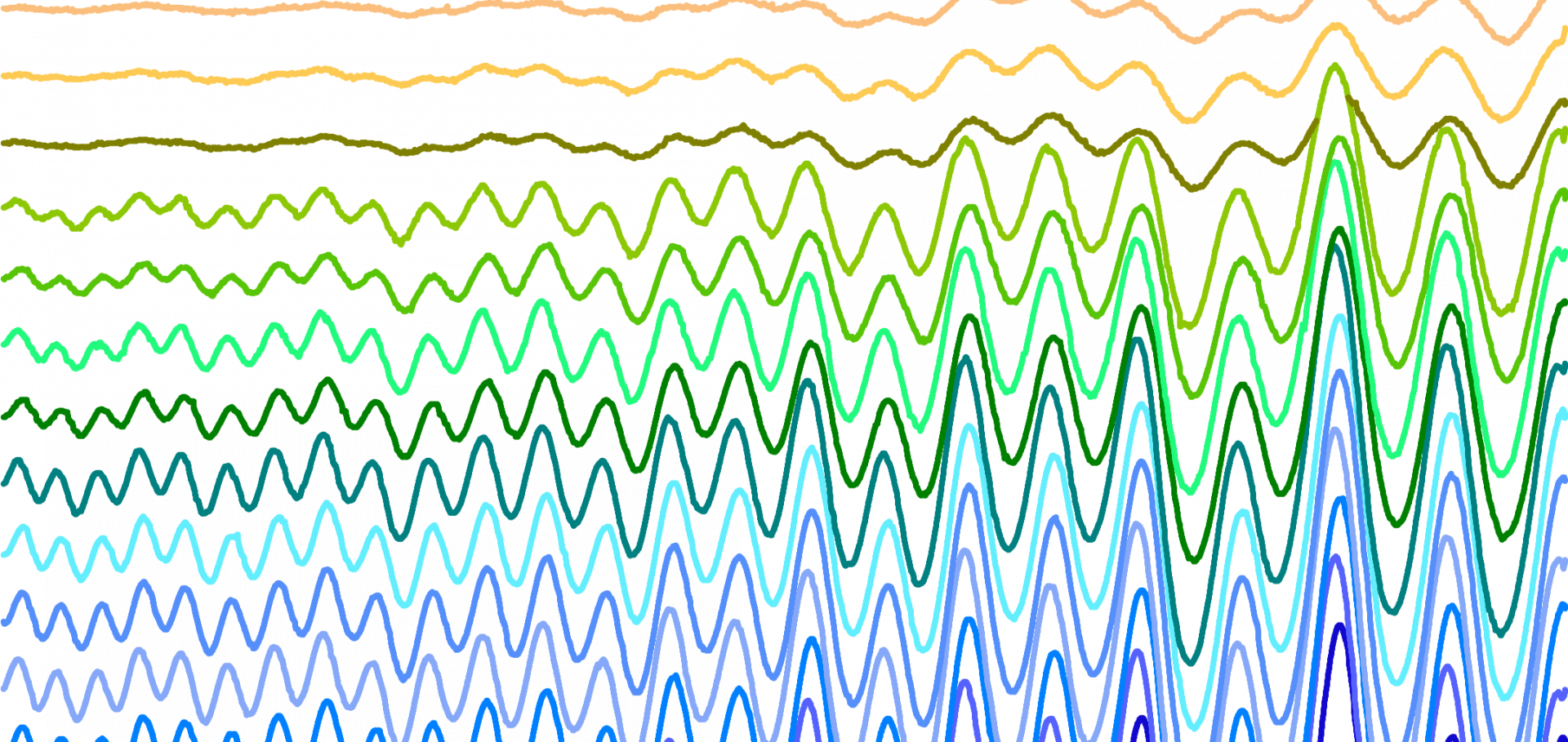A mu SR study of the spin dynamics in Ir-diluted layered manganites
PHYSICA B 326:1-4 (2003) 513-517
Abstract:
Dilution on the B-site with Ir or Rh can lead to the enhancement of ferromagnetic couplings in layered manganites. We report a muSR study of the spin dynamics of the layered manganites La0.25Sr1.75MnpIr1-pO4 (p = 0.5, 0.75) as a function of the dilution. We have characterized the static magnetic behavior using SQUID magnetic measurements and used muon spin relaxation spectroscopy to provide evidence for short-range ferromagnetic correlations. Furthermore, the effect of dilution on the critical dynamics in this two-dimensional spin system is reported and related to the dynamics above and below the critical percolation threshold. (C) 2002 Elsevier Science B.V. All rights reserved.Changes of the spin dynamics in perovskite and bilayer manganite
PHYSICA B 326:1-4 (2003) 500-504
Abstract:
We report a series of muSR measurements performed on single crystals of La1-x,SrxMnO3, (0 less than or equal to x less than or equal to 0.125) and on a polycrystalline bilayer manganite La2-2x Sr1+2xMn2O7 (v = 0.52). We find that the temperature dependence of the spinlattice relaxation rate is strongl, dependent on the hole doping and the associated changes in the magnetic structure. Y The systems have competing, anisotropic interactions, leading to a complex interplay of charge, spin and orbital order. This has a significant influence on the spin dynamics, both for perovskite and layered manganites. (C) 2002 Elsevier Science B.V. All rights reserved.Spin freezing and magnetic inhomogeneities in bilayer manganites
(2003)
Synthesis and Characterization of Ru‐Doped n = 1 and n = 2 Ruddlesden—Popper Manganates.
ChemInform Wiley 33:48 (2002) 7-7
Synthesis and characterization of Ru-doped n = 1 and n = 2 Ruddlesden-Popper manganates
Chemistry of Materials 14:9 (2002) 3976-3983


